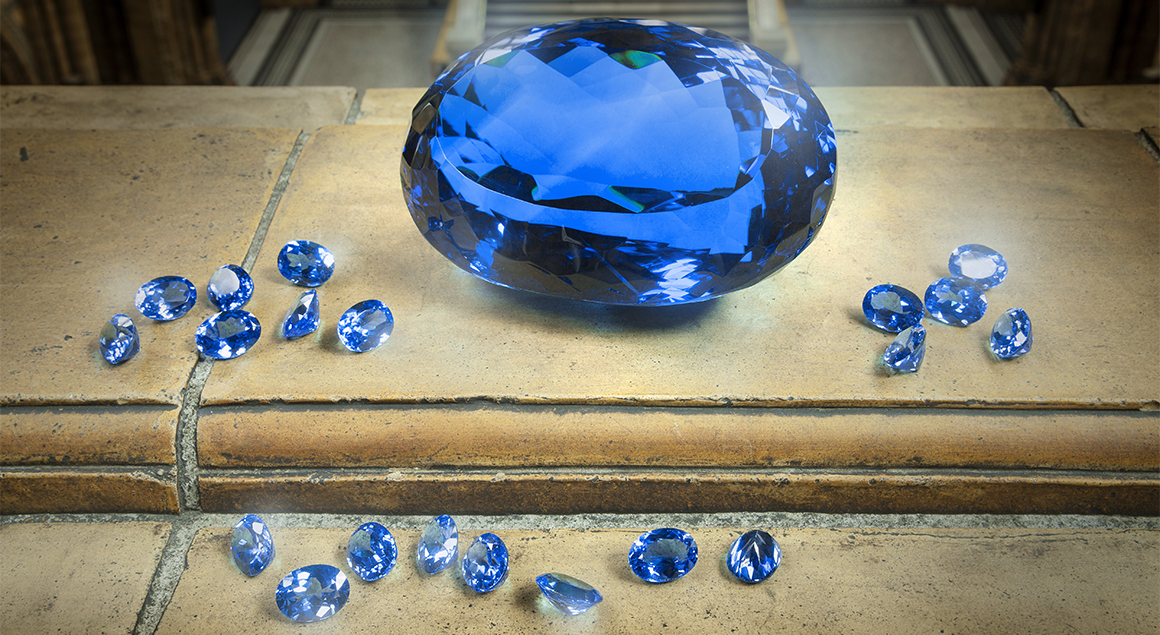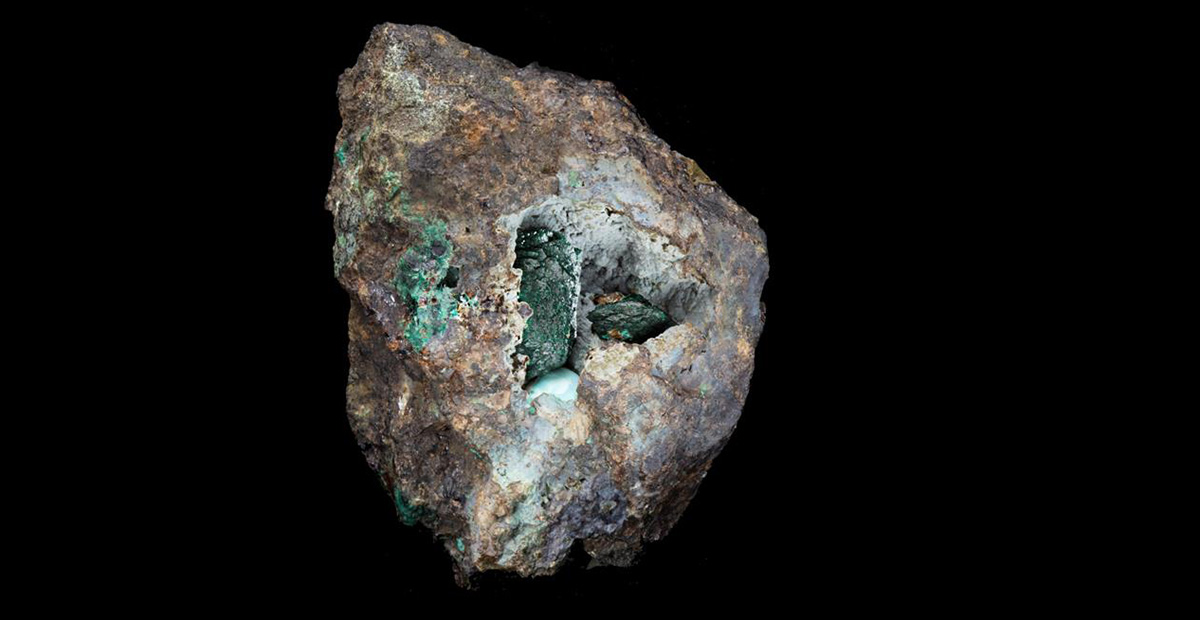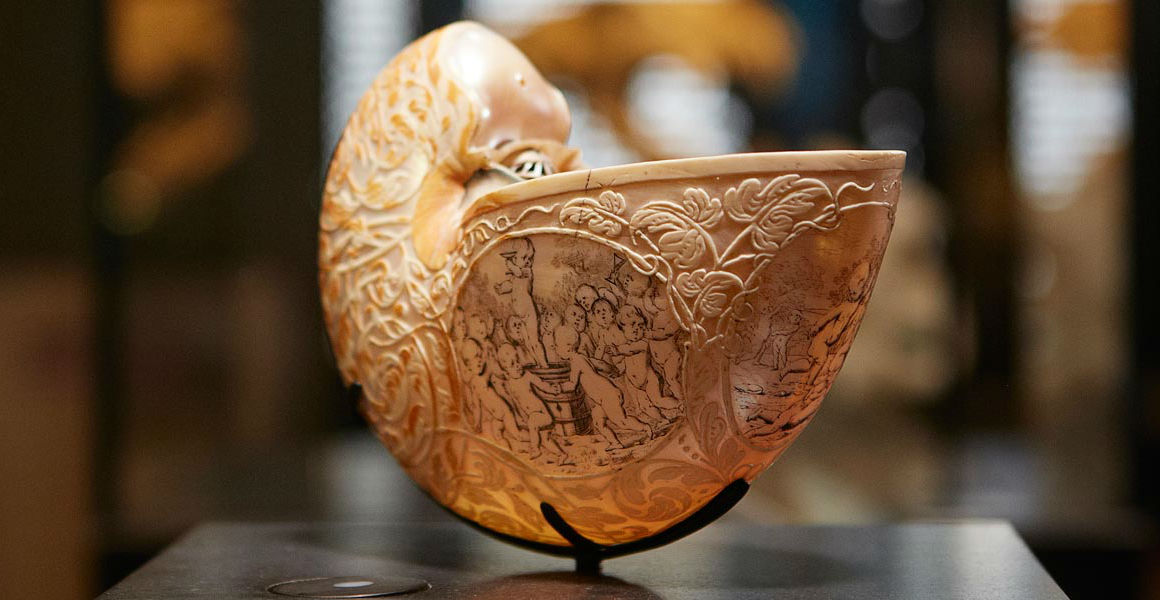A flawless blue topaz gemstone - the largest of its kind - will be displayed in the Museum's Minerals gallery from 19 October.

The Ostro stone is the largest cut topaz to go on show at the Museum. Weighing around two kilogrammes, it is an impressive 9,381 carats and will be displayed alongside specimens from one of the world's most important mineral collections.
Mike Rumsey, Senior Curator of the Minerals Collection at the Museum, says, 'This stone is an excellent example of how humans have crafted beautiful and desirable objects from the natural mineral specimens we find around us, like those that we preserve in the collections at Museum.
'It will be on display alongside our world-leading collection of minerals and gems, which is studied by scientists looking to find new sources of minerals, gemstones and metals.'
The stone's history
The Ostro stone will be exhibited on permanent loan from Maurice Ostro OBE, and remains part of the Ostro Topaz™ blue topaz collection.
The original rough material that the gemstone was cut from was discovered three decades ago by British explorer Max Ostro in Minas Gerais, Brazil. The final faceted gem is 15 centimetres long and 10.5 centimetres wide. Its vivid blue colour is the result of treatments on the uncut specimen.
Ostro Minerals was founded by Max Ostro in 1960, selling blue topaz and creating a luxury market for the stone.His son Maurice took over the family business five years ago.
The company regularly collaborates with artists and designers to create jewellery with their gemstones.
Maurice Ostro says, 'Collecting beautiful coloured gems was my father’s passion. My mission is to leverage his remarkable legacy in a way that would make him proud.
'We are delighted that the finest of his gemstones will now be part of the collection at the Museum, [where staff] share our passion for exceptional stones.'
A world-famous gem
Topaz in its purest form is a clear stone. Variation in structure alongside chemical impurities can give it a different colour. Pale blue, yellow-brown and pink forms are known to occur naturally.
Deposits of topaz are found all over the world, but the colour is often pale. The uncut material is often artificially enhanced using heat or radiation to make the colours more brilliant before it is cut into a gemstone.
The intensely coloured Ostro stone will be unveiled at a private launch in the Museum's Hintze Hall on 6 October, and on public display from 19 October.
The event will also feature performances from fashion designer Daphne Guinness and music producer Tony Visconti, plus examples of wearable art from Ostro Minerals.
Sir Michael Dixon, Director of the Natural History Museum, says, 'We are delighted to be able to display this exquisite blue topaz stone alongside some of nature’s finest mineral examples in this gallery.
'Our thanks go to Maurice Ostro for the opportunity to showcase this wonderful stone to millions of people.'
Related information
- Visit the Minerals gallery to see sparkling gems, meteorites and examples of mineral use
- Learn about the work of Mike Rumsey
- Explore the Museum's vast mineralogy collection and find out how it is used a resource for scientific research




Don't miss a thing
Receive email updates about our news, science, exhibitions, events, products, services and fundraising activities. We may occasionally include third-party content from our corporate partners and other museums. We will not share your personal details with these third parties. You must be over the age of 13. Privacy notice.
Follow us on social media